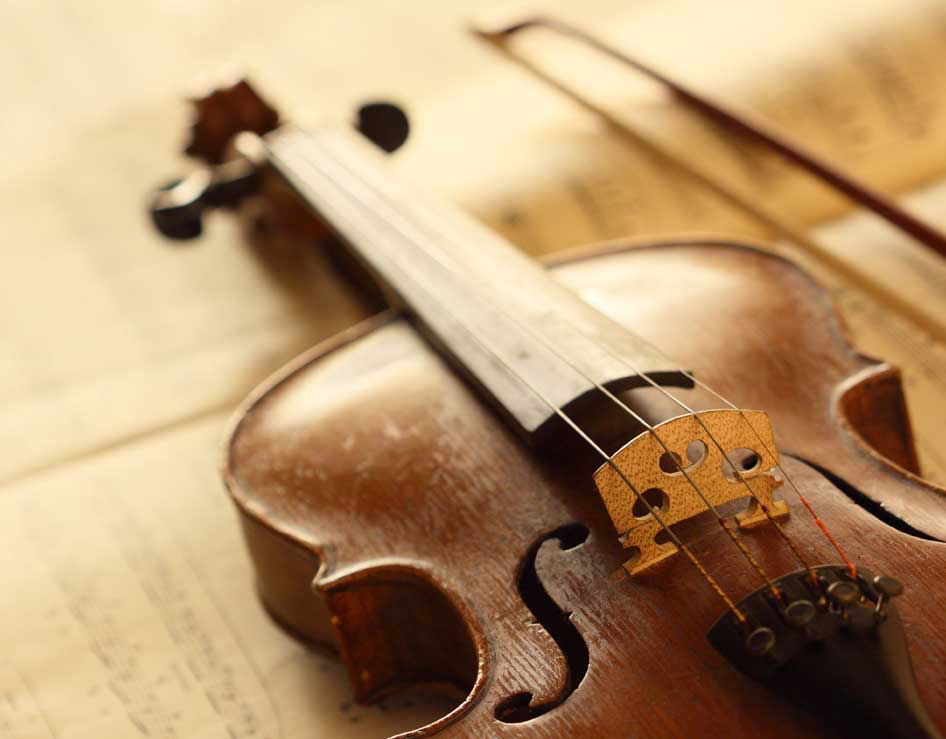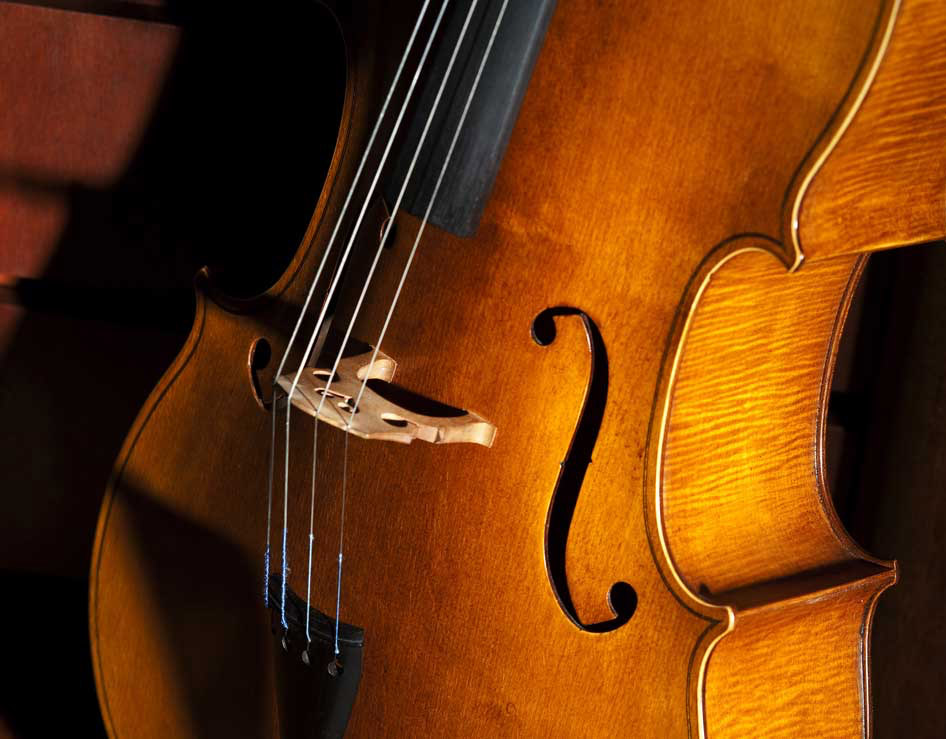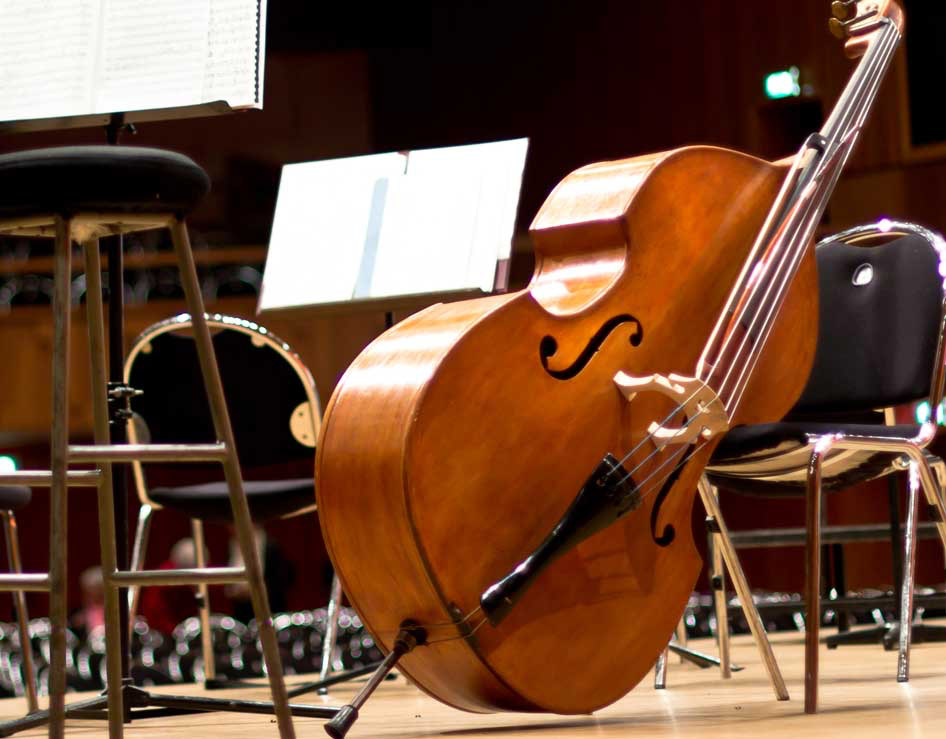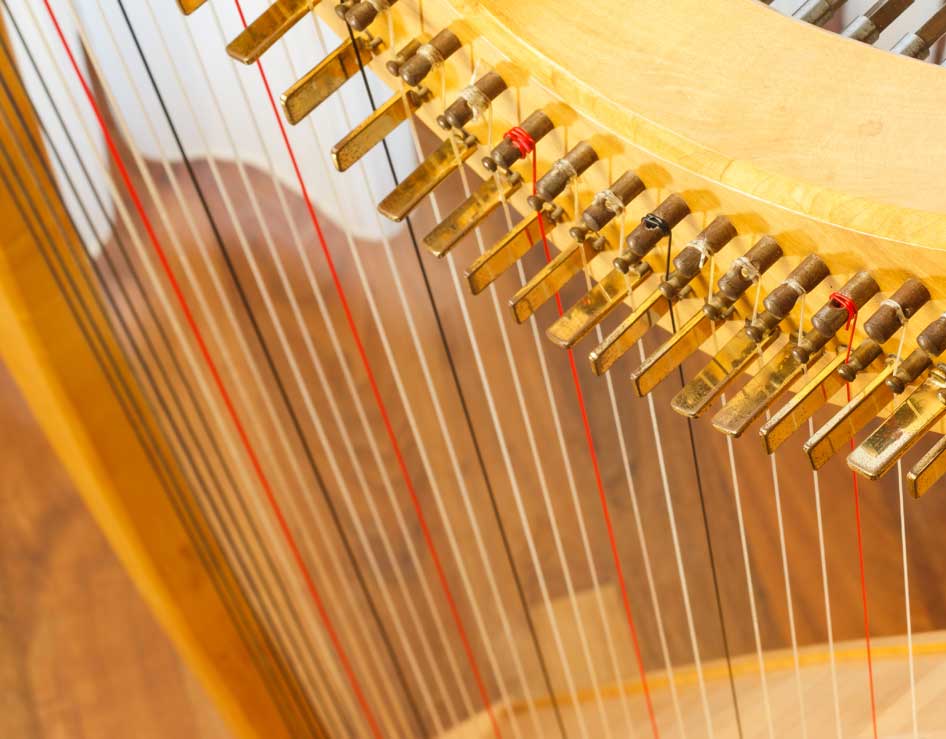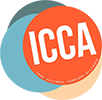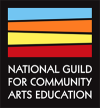Preucil School of Music offers Suzuki Method instruction for violin, viola, cello, bass, piano, flute, and harp.
Training in the Suzuki Method is based on an individual lesson each week. Students ages five and older (including adults) may enroll in individual weekly lessons; four-year-olds attend small group sessions twice a week. Typically our students range from beginner through concerto level.
When you and your child have decided to take lessons at Preucil School of Music, please fill out the Lesson Placement form (see link at right).
A full range of complementary group and performance opportunities enriches each student’s study.
Enrollment Steps:
Read Lesson Enrollment FAQ
This answers the most frequently asked questions.
Review Curriculum
Highlights group, performance, and continuing education opportunities.
Submit Lesson Placement Form
The Lesson Placement Form is the start of the lesson enrollment process.
Placement with your Preucil Instructor
We will review your Lesson Placement submission and match you with a Preucil instructor based on your age and ability level, and the teacher’s experience, interests, and schedule.
Enrollment!
When an opening becomes available and a prospective match has been made, the Director or Assistant Director will call you to offer a day/ time/teacher for lessons. If the match is agreeable, your new teacher will call you, a contract written, payment made and lessons will begin.
Familiarize yourself with our Fee Structure

